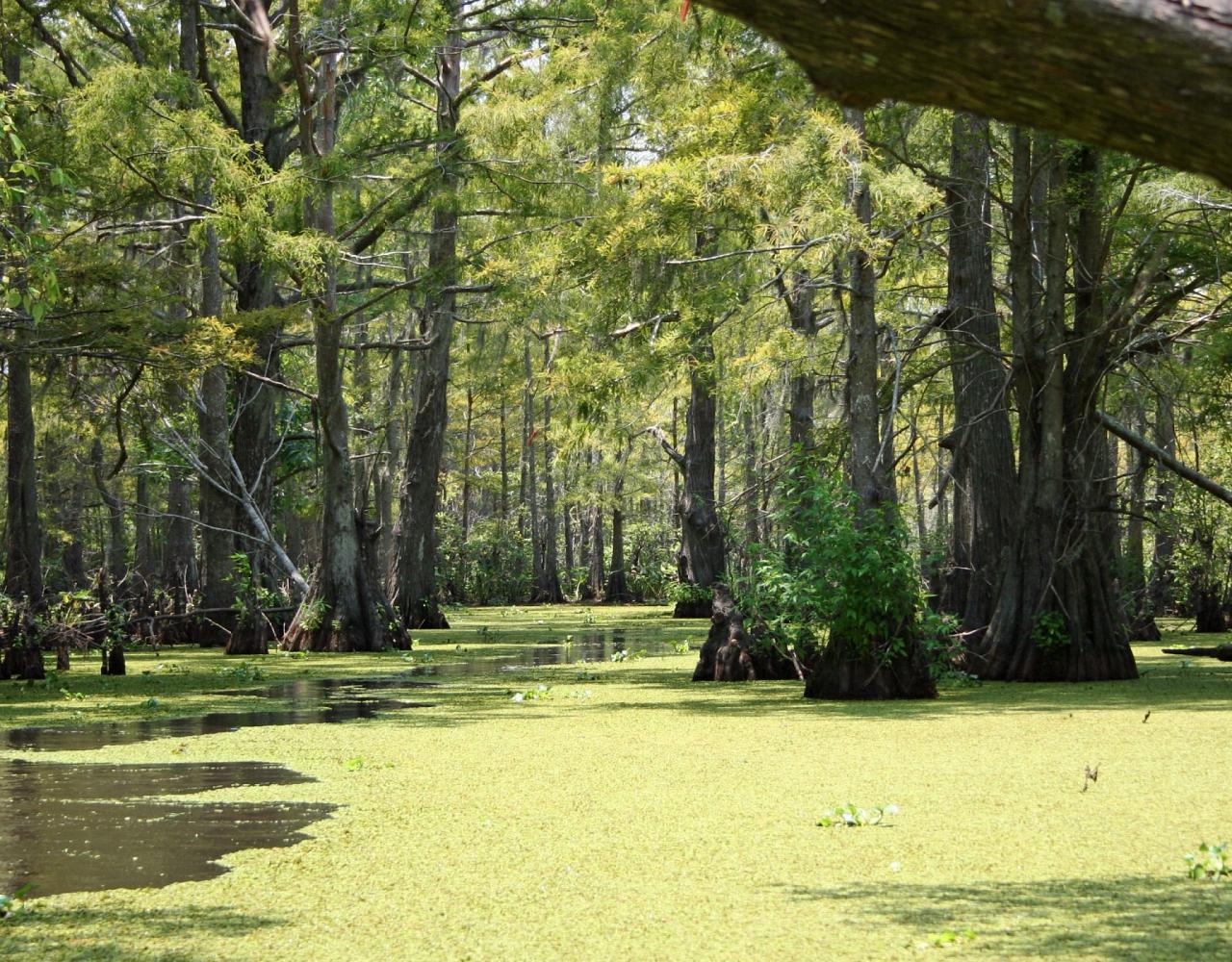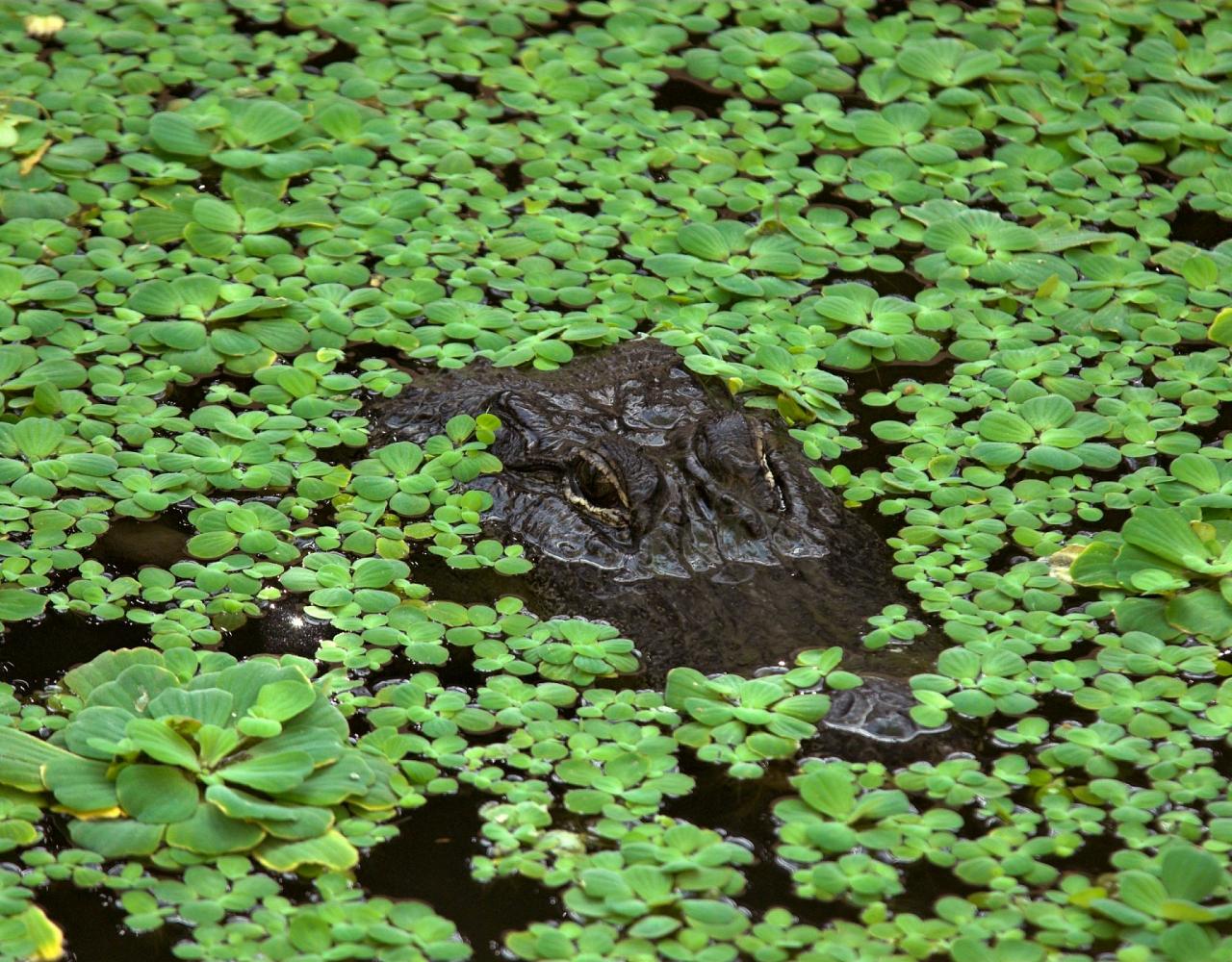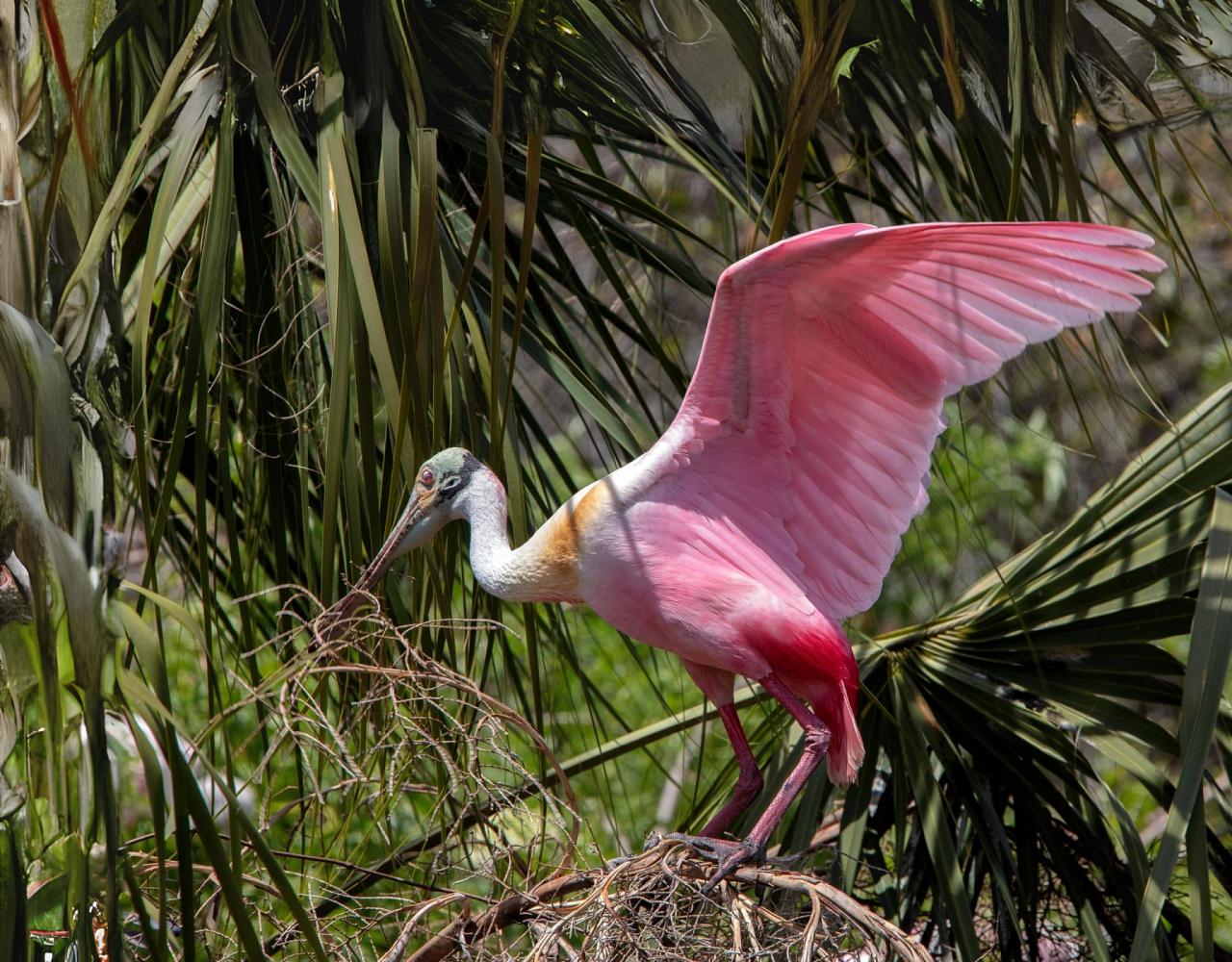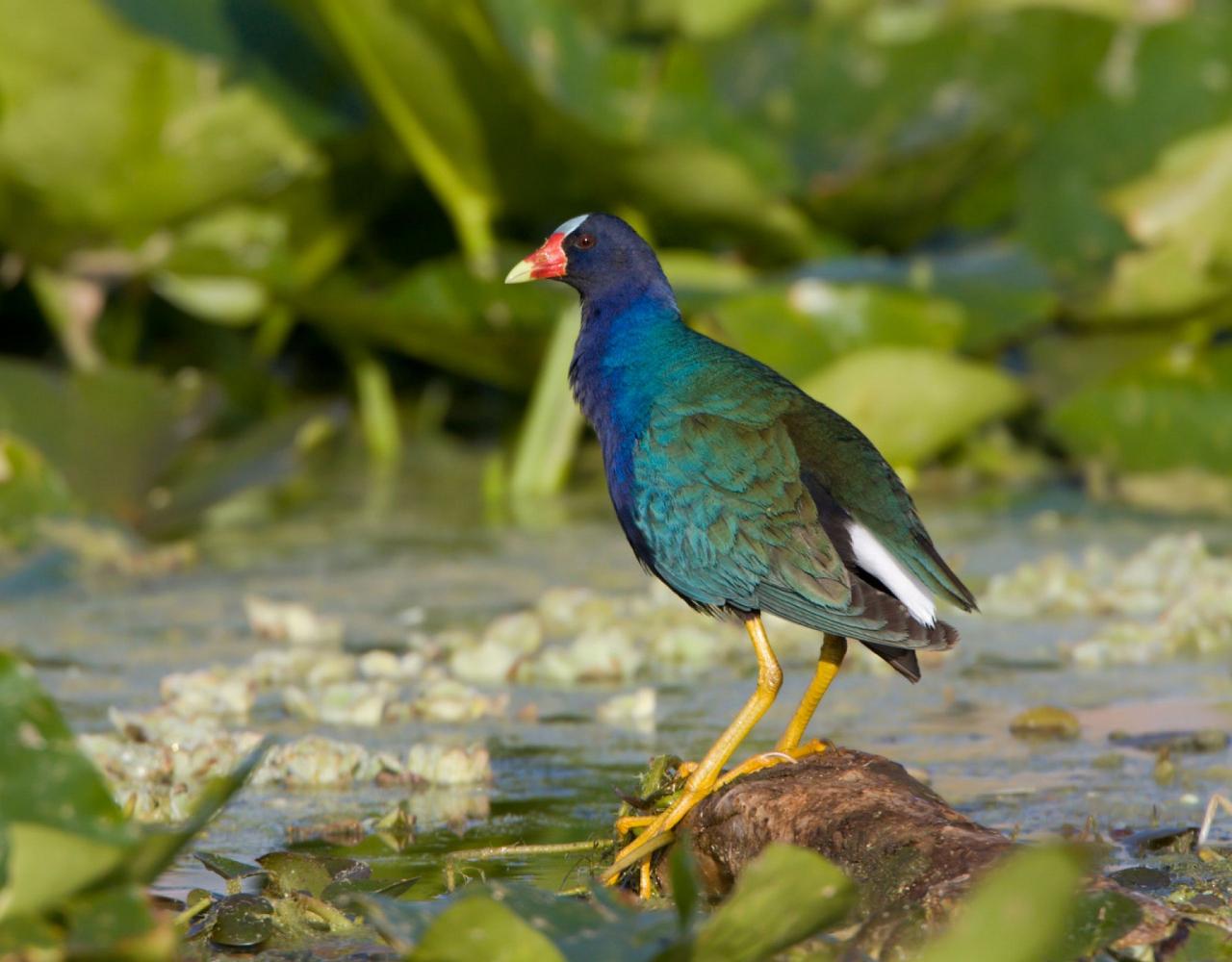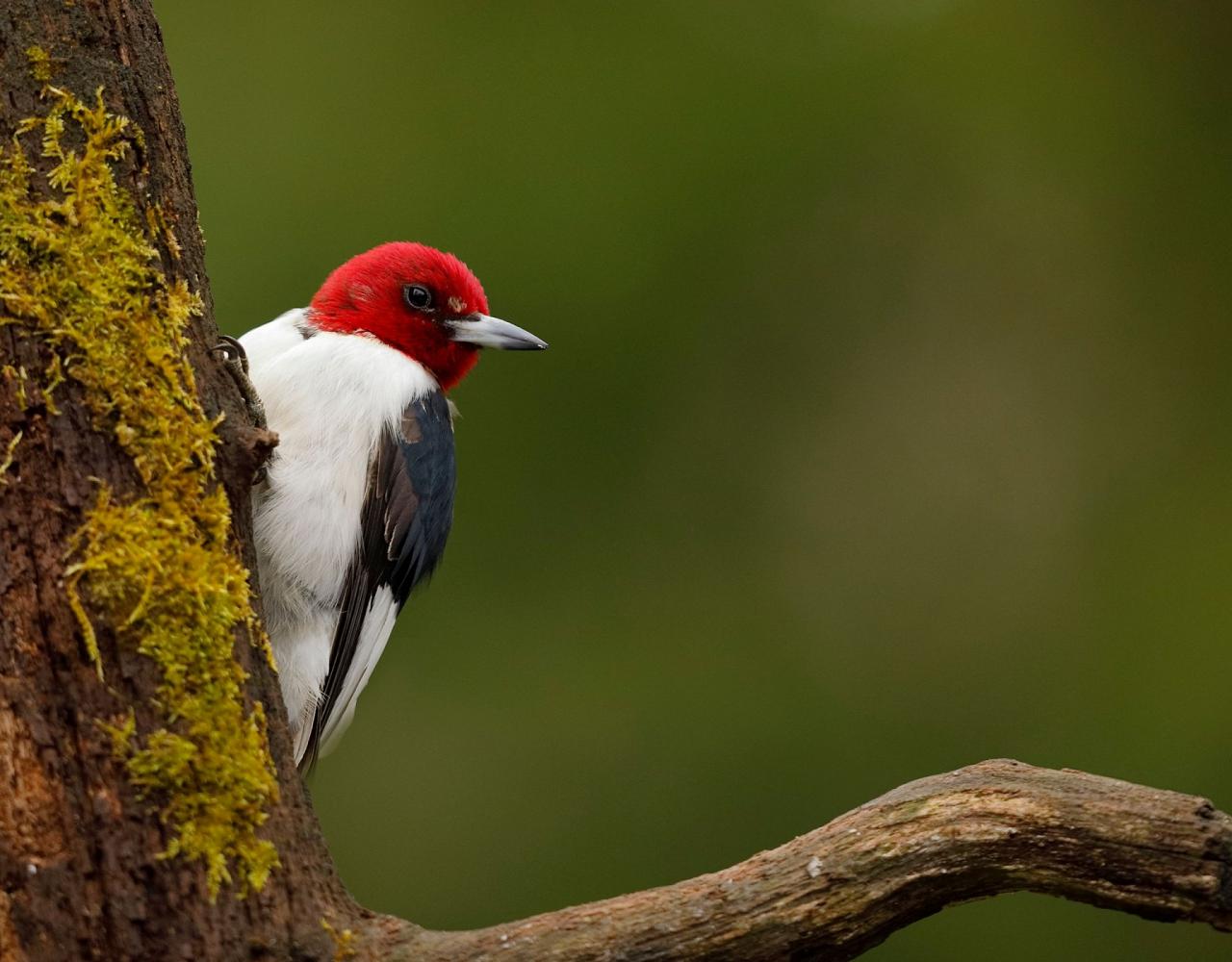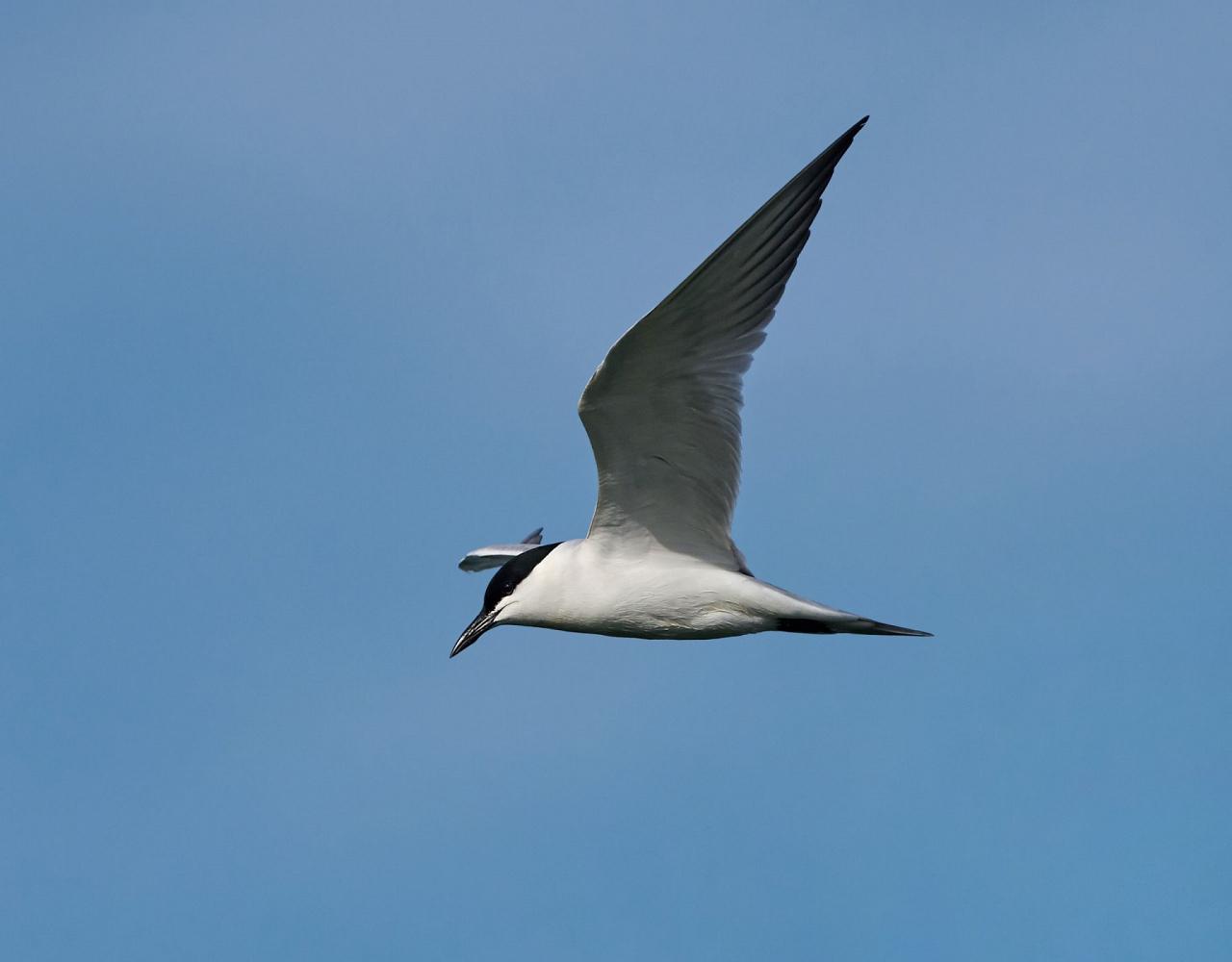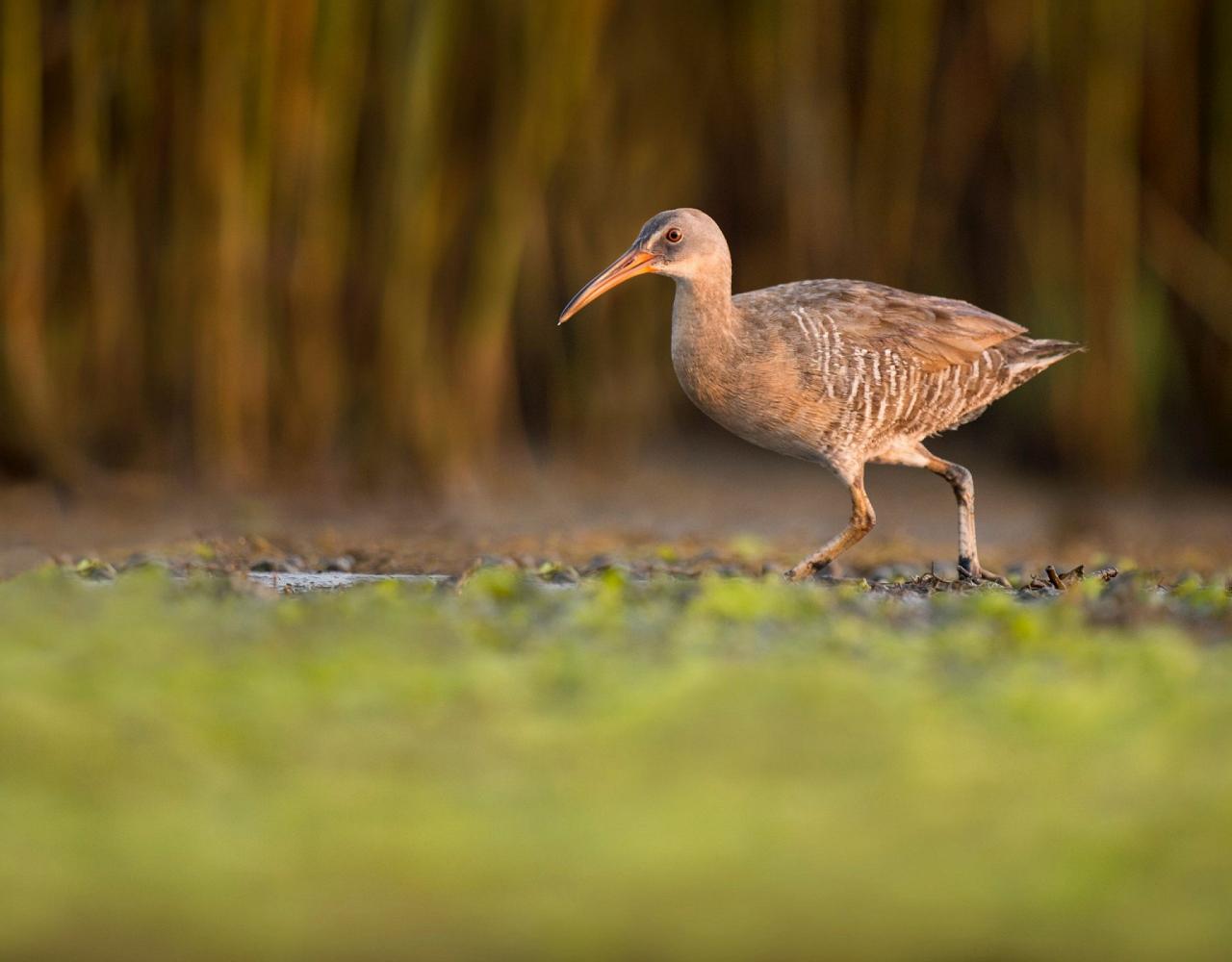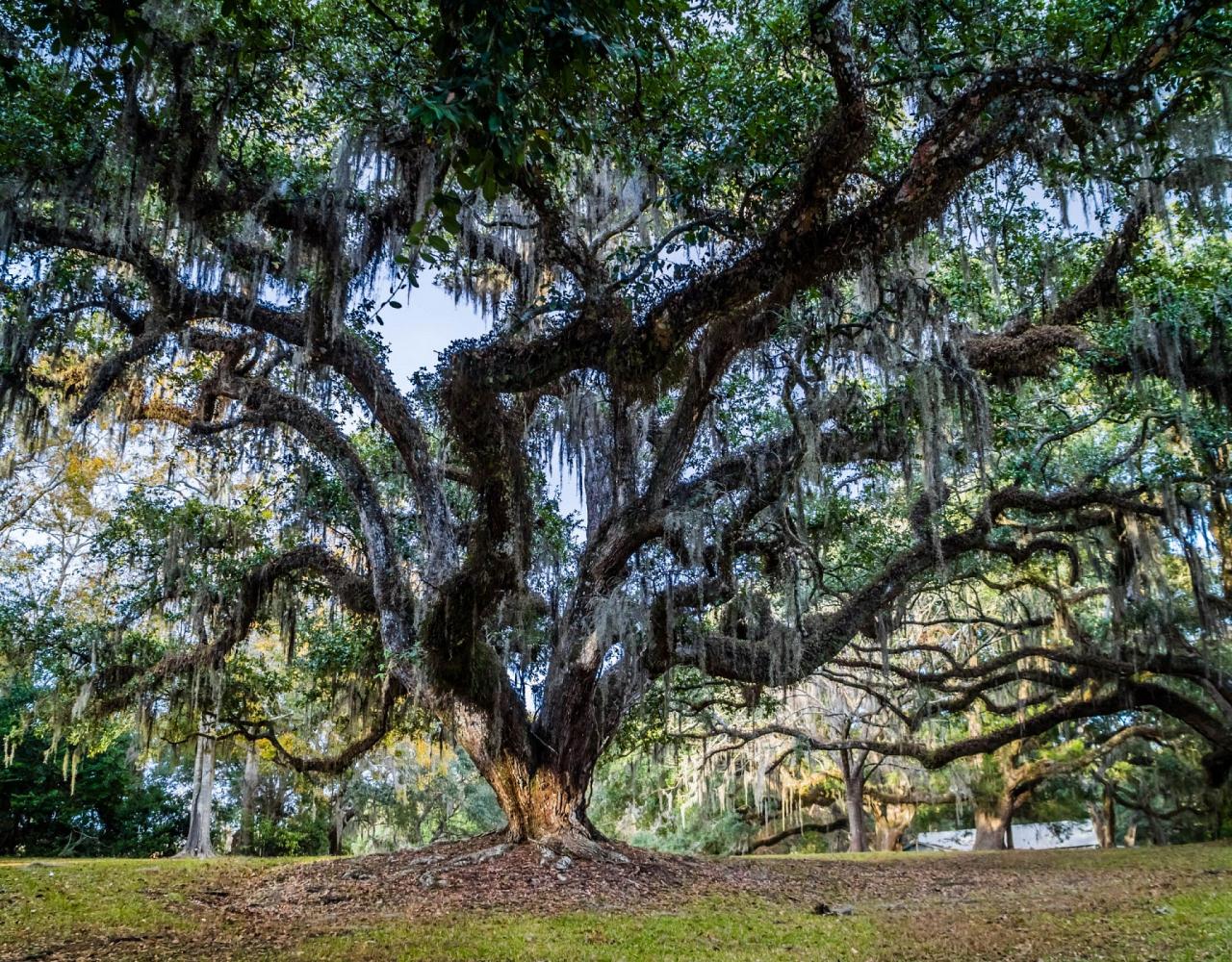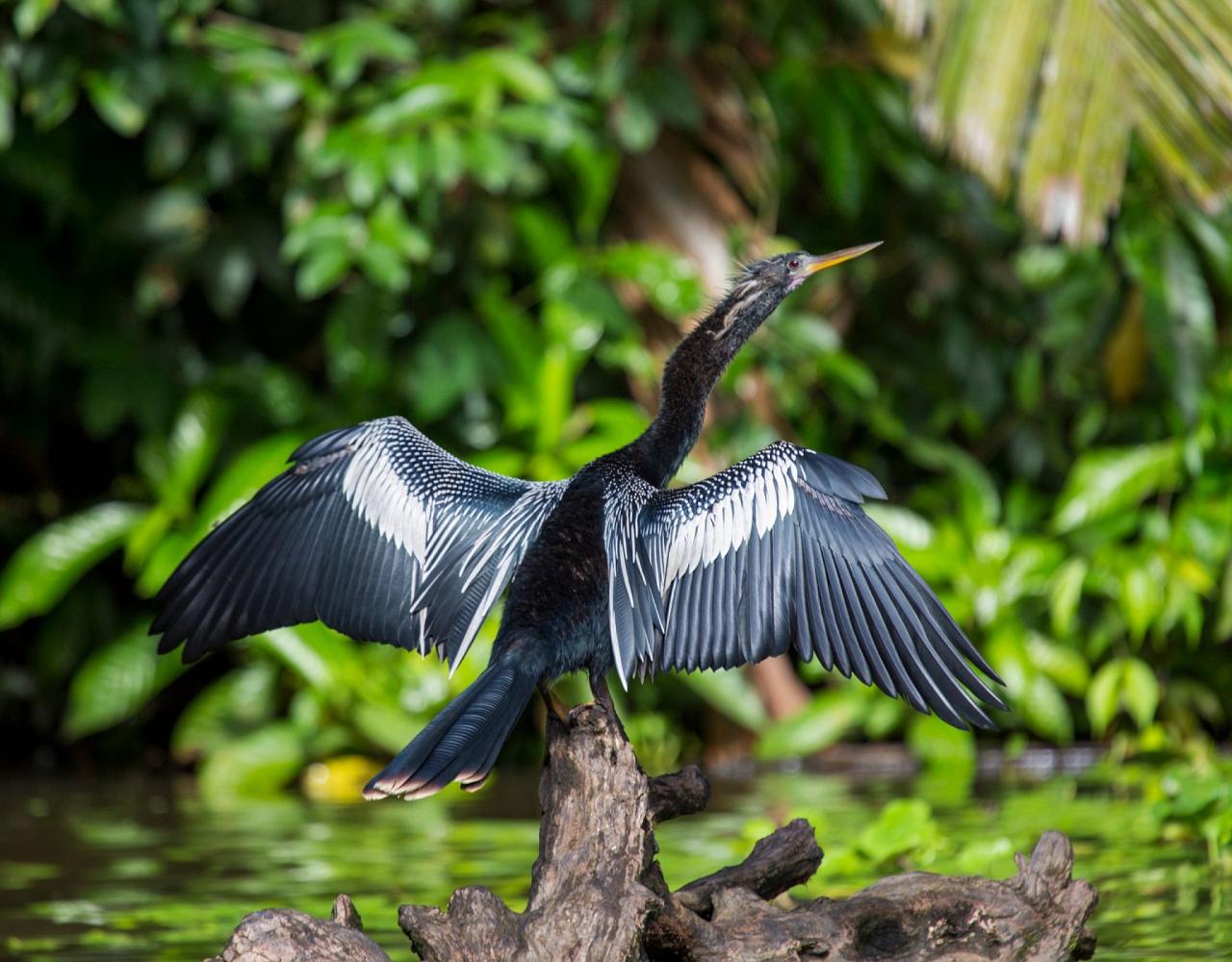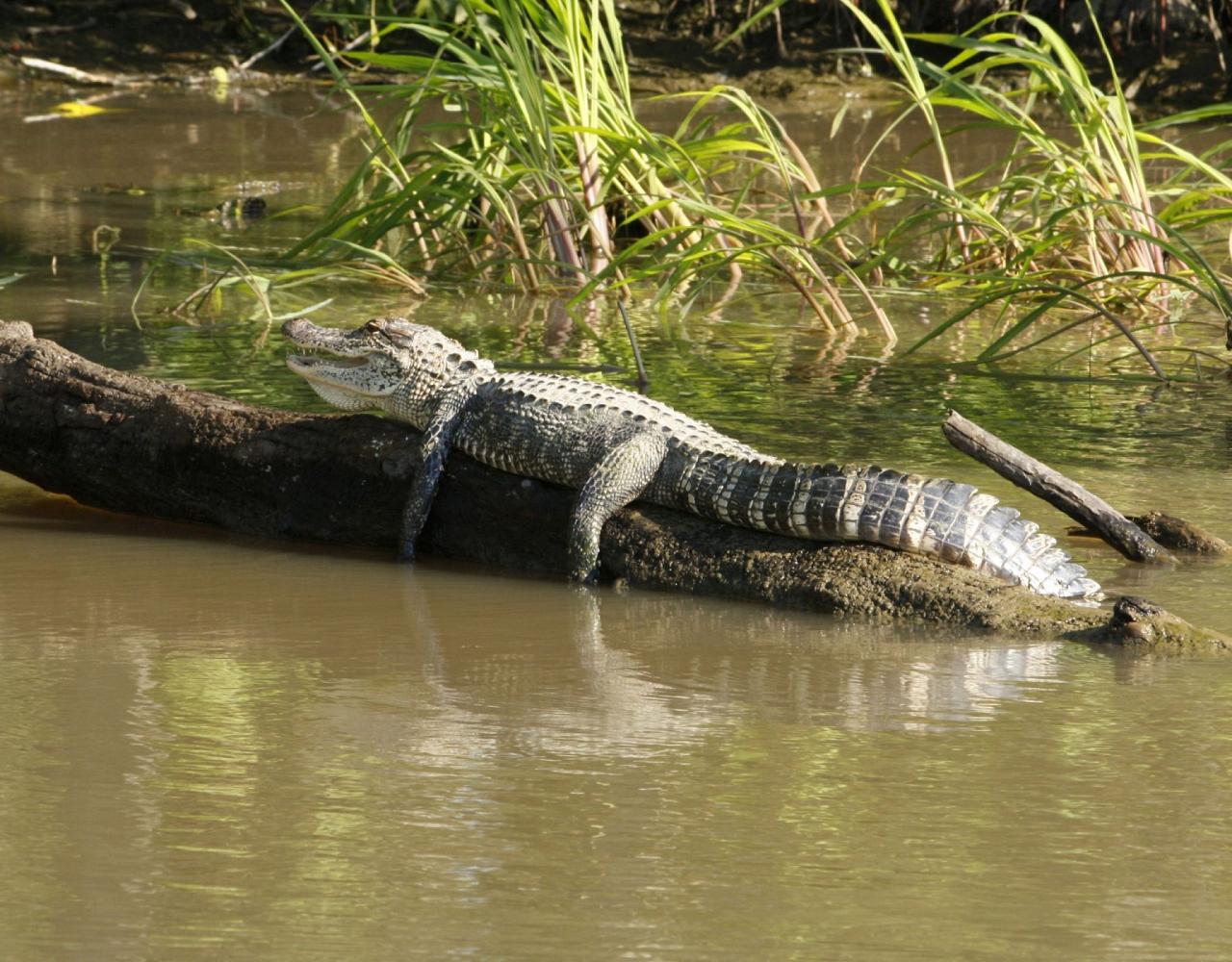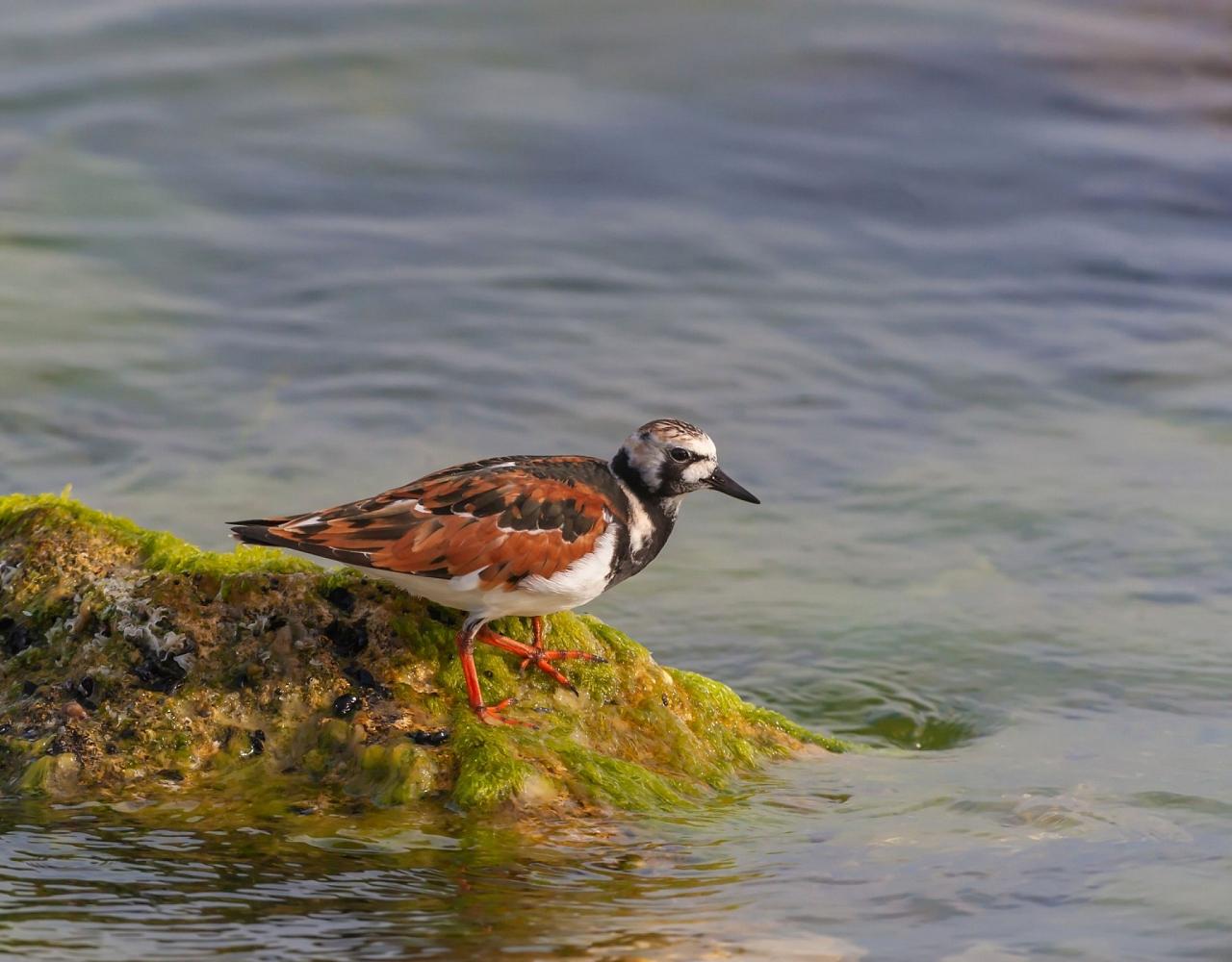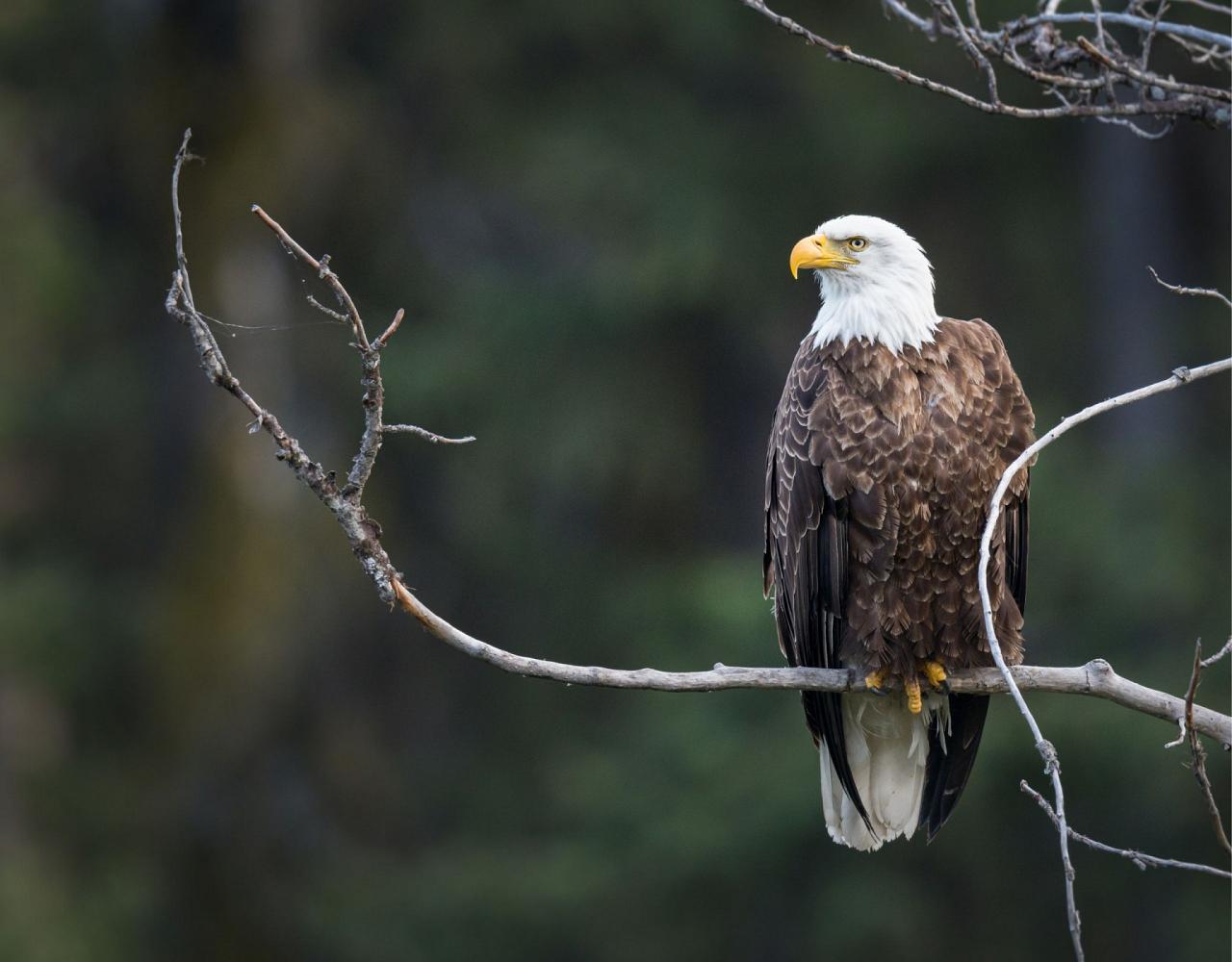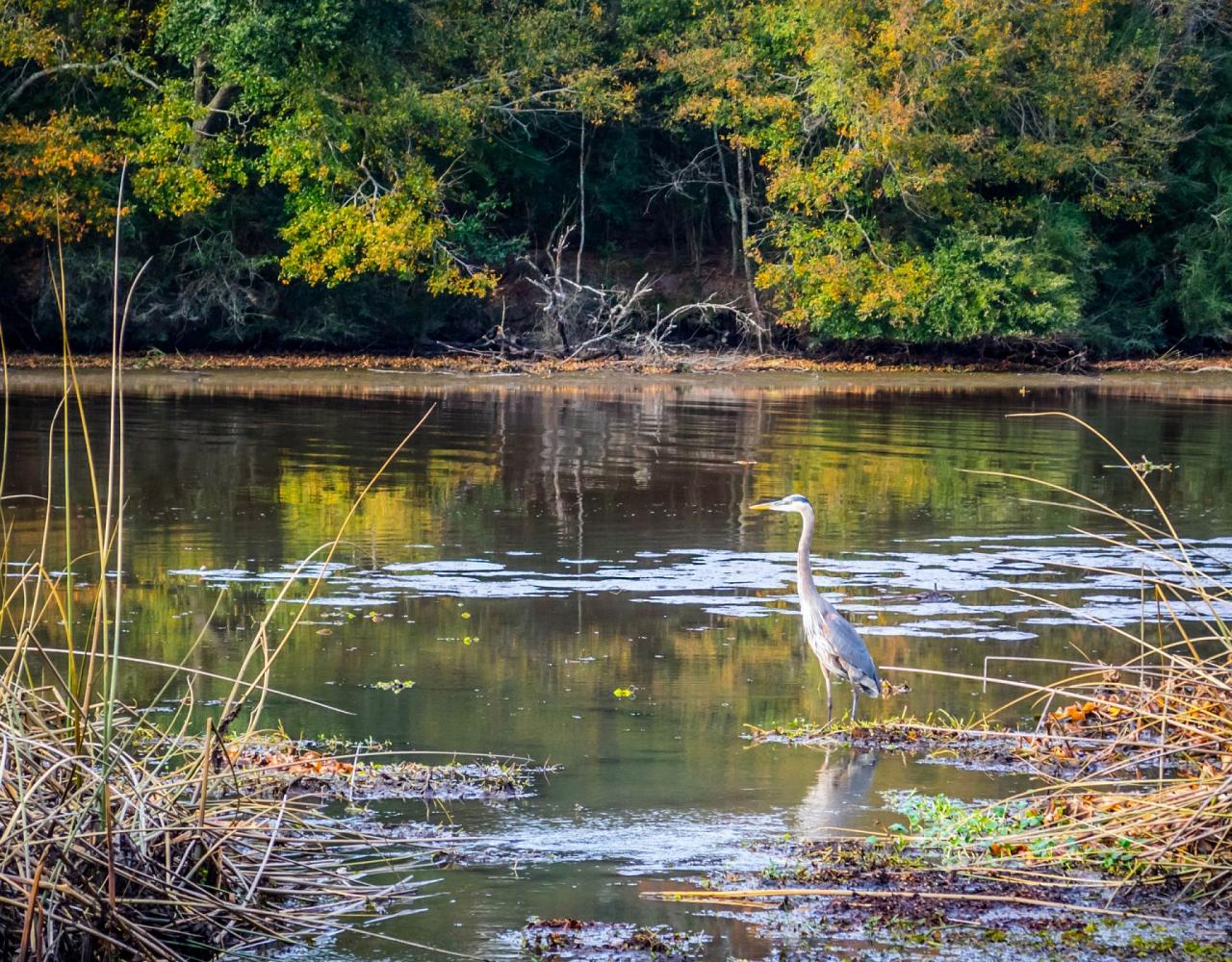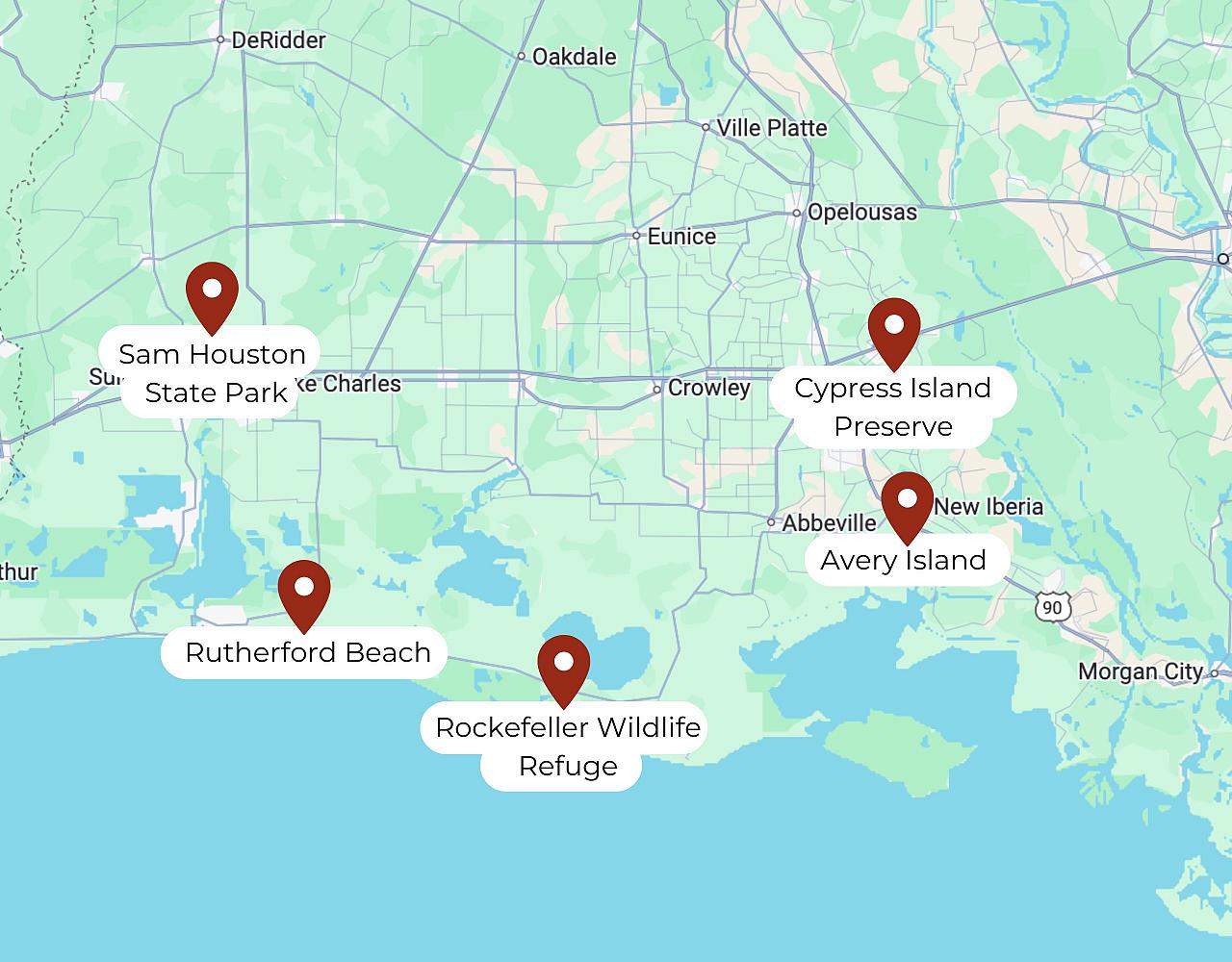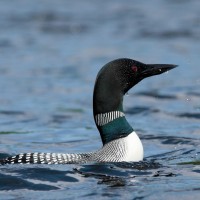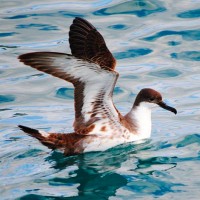- Overview
- Full Itinerary
- Photo Gallery
- Costing
- Travel Details
- Trip Reports
- Guide
- Map
- Know Before You Go
- Other Trips You May Like
Join Naturalist Journeys for a fun fall migration tour deep in the bayous of Louisiana. In addition to watching fall migrants as they ready for their long flight across the gulf, we explore local state parks, learn about fascinating local plants, and keep our eyes peeled for the king of the swamp—American Alligator.
And just like the birds, we eat well on this trip! Indulge in delicious Cajun food at fun local restaurants while we listen to live Cajun bands.
Our journey begins and ends in Lafayette, skipping the tourist chaos of New Orleans, and heading deep into the wilds of this fun state. We invite you to join us in Louisiana for fall migration, great food, and magical settings!
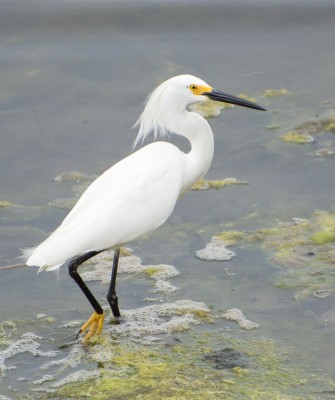

Tour Highlights
- Kick off the trip with a visit to Cypress Island Preserve, a favorite nesting spot for Roseate Spoonbill
- Take a tour of the Tabasco Factory and Avery Island, famous for it’s preservation of the Snowy Egret
- Head deep into the bayou for a tour of Atchafalaya Basin, a wetland larger than the Everglades
- Explore Cameron Prairie NWR, one of the best places in the U.S. to see Purple Gallinule
- Spend time at Rutherford Beach, a shore birder’s wonderland … are you up for the ID challenge?
- Bird local long-leaf pine woodlands for rare Bachman’s Sparrow and elusive Red-cockaded Woodpecker
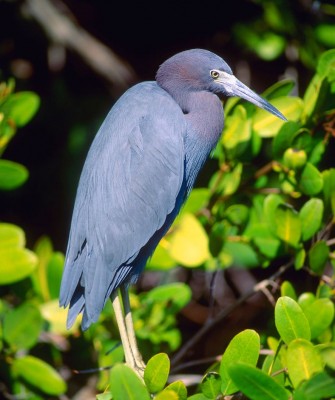
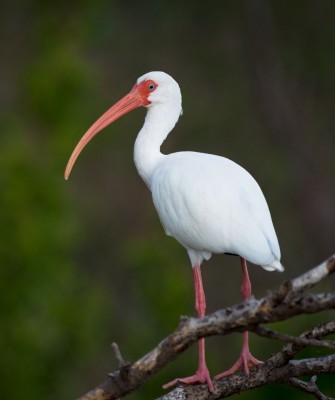
Trip Itinerary
Itineraries are guidelines; variations in itinerary may occur to account for weather, road conditions, closures, etc. and to maximize your experience.
Thurs., Nov. 5 Arrivals | Cypress Island Preserve | Martin Lake
Bienvenue en Louisiana! We start our tour with some truly special birding right off the bat. Be sure to have your binoculars and good shoes handy. From the airport we head directly to Cypress Island Preserve, where we immerse ourselves in the local habitats, birding among 200-year-old Spanish moss-covered Live Oaks and Bald Cypress. We keep our eyes peeled for American Alligator as we explore this 9,000-acre preserve, a favorite spot for nesting Roseate Spoonbill in the spring. This is our first immersion into a truly unique and special region of the United States; it is a microcosm of everything that represents a cypress swamp in Louisiana. We spend a couple of hours walking the 2.5-mile levee trail looking for Anhinga, Black-crowned Night Heron, Little Blue Heron, and even the occasional Pileated Woodpecker.
We kick off a week of fun regional food at our welcome dinner tonight.
Accommodations at Home 2 Suites Lafayette (D)
Fri., Nov. 6 Avery Island | Tabasco Tour | Rip Van Winkle Gardens
Today we head to a true institution in Louisiana: the Tabasco Factory. Why are we headed here on a birding trip? Edward Avery “Ned” McIlhenny, the heir to the Tabasco Company, was an avid birder. He established Bird Island in 1895 on his family's property, Avery Island. Thanks to his efforts and refuge, the Snowy Egret, which was on the brink of extinction due to the millinery trade, began to see a steady increase in numbers. Bird City is now home to one hundred thousand summer nesting Snowy Egrets. Teddy Roosevelt once called it the most noteworthy reserve in the country. We make stops at both the Tabasco Factory and Bird Island.
Then, we’re off to Jefferson Island for lunch, followed by a stroll around the Rip Van Winkle Gardens, part of the Jefferson Island Rookery. Though it’s fall, many species still reside here year-round, near their rookeries, in these temperate climates. This is another favorite rookery for Little Blue Heron, Snowy Egret, and White Ibis, so numbers should be strong, even in the fall. Additionally, these gardens and rookery are home to around 130 species of bird. We are on the lookout for Carolina Wren and Carolina Chickadee, but really the gardens are just a magical place to visit year-round.
Tonight we enjoy dinner and live local Cajun music at Bon Temps Grill.
Accommodations at Home 2 Suites Lafayette (B,L,D)
Sat., Nov. 7 Bayou Tour | Acadian Cultural Center
We have a special bayou tour today, and we’re in for a treat! We head into the Atchafalaya Basin, which, at 1.4 million acres, is larger than the Florida Everglades. We spend the morning exploring the basin, known to house over 250 species of bird and 65 species of reptile; it is also home to the largest nesting concentration of Bald Eagle in the south central United States. The Atchafalaya Basin contains the largest contiguous bottomland hardwood forest in North America, a true treasure to be explored. Our bayou tour is perfect for searching for Wood and Black-bellied Whistling Ducks, Pied-billed Grebe, and Osprey fishing the lake.
After a local lunch, we head back toward Lafayette to visit the Jean Lafitte National Historical Park. Here, we learn about the lives of the Acadians (Cajuns) and others whose travels brought them to Louisiana's bayous. The park has many cultural centers dedicated to the diverse history of the region, as well as the Barataria Preserve for those still wanting to explore the outdoors more.
We have another fun dinner and enjoy live local Cajun music entertainment at Buck and Johnny’s tonight.
Accommodations at Home 2 Suites Lafayette (B,L,D)
Sun., Nov. 8 Crawfish & Rice Fields | Lacassine NWR
Today is a travel day. After breakfast, we hit the road, taking the long way to Lake Charles. First up, we head west with Lafayette in our rearview mirror, and out into the expansive agriculture fields. These rice and crawfish fields are a haven for shorebirds, egrets, herons, geese, and ducks. The excitement of finding a field with hundreds of egrets and herons, or endless geese, is special. We venture around to various popular areas, scanning the fields for birds such as Snow Goose, Black-bellied Plover, Greater and Lesser Yellowlegs, and wintering Western Cattle Egret. As we pass by dozens of fields chocked full of birds, we may see Laughing Gull perched on crawfish traps and White Ibis working the shores. We also spend some time looking for the population of Sandhill Crane that call this area home in the winter.
After lunch, we head to what we have dubbed Gallinule Highway. Lacassine NWR is a 35,000-acre freshwater marsh that is teeming with life. Purple and Common Gallinules are everywhere; you cannot lift your binoculars up without seeing one. Limpkins roam the marsh edges looking for Apple Snails, and Fulvous Whistling Ducks are abundant. Lacassine is such a truly special place; we spend the remainder of the day driving the auto loop, stopping at various points to look for Sora skulking in the reeds, or Marsh Wren calling in the distance. If we have not had time to spend watching Boat-tailed Grackle or Green Heron, this is the perfect stop for that. It is hard to pull ourselves away, but we have to make it to Lake Charles for hotel check-in and another fabulous dinner.
Accommodations at the Staybridge Suites (B,L,D)
Mon., Nov. 9 Rockefeller NWR | Rutherford Beach | Louisiana Coast
We start early today — it’s a big one! Today we are headed back down to the coast with our first stop being Cameron Prairie NWR. This should be our first taste of the truly massive amount of waterfowl that occupy the region in the winter. This is also a prime location to look for both American and Least Bitterns. It’s the perfect warm-up for tomorrow, too.
Next on the route is Rockefeller Wildlife Refuge, first donated to the state in 1919 by the family. This 71,000-acre refuge is a birder’s and outdoorsman's paradise in the winter months. Droves of waterfowl flock to this massive refuge each winter. Fifteen to twenty species of geese and ducks in a dayis not unheard of here. Black-necked Stilt, American Avocet, and Swamp Rabbit call this place home year-round. This should probably be our first look at large flocks of White and Brown Pelicans, too.
This is one of the main stops along the Creole Nature Trail, and for good reason. It’s a shorebird wonderland! We spend time before lunch at the beach looking for Black-bellied, Wilson’s, Piping, and Snowy Plovers. But we don’t stop there! We also scan the beach looking for Black Skimmer, Long-billed Curlew, Sandwich Tern, and other surprises that may “tern” up.
After lunch, we spend the rest of the day along the coast. There are many more beaches, oak stands, and marshlands to explore. Seaside and Nelson’s Sparrow are our main goals after lunch, along the marshy banks. Blue-headed Vireo and Indigo Bunting can be year-round visitors in the oak stands. We also check along more shorelines for anything we may be missing up to this point, such as Royal Tern, Western Sandpiper, and Ruddy Turnstone.
Accommodations at the Staybridge Suites (B,L,D)
Tues., Nov. 10 Longleaf Pine Woodlands | Cooter’s Bog
Today is our last full day on the tour, and we make the most of it! We venture into a new habitat, the Longleaf Pine woods and bogs north of Lake Charles. We make time to search for Bachman’s Sparrow; early morning is the best time to see this rare and declining species of the Longleaf Pine woodlands, singing its melodious song. The Bachman’s Sparrow, along with the Red-cockaded Woodpecker, are closely tied to the Longleaf Pine woodlands and are truly remarkable at showcasing why conservation of this habitat is so important. The Red-headed Woodpecker is another key species for this unique habitat; and Northern Bobwhite have also been known to frequent the area.
After lunch we head to Cooter’s Bog, a Western Hillside Seepage Bog, looking for interesting plant species such as Winged Pitcher Plant, Sundew, and Black Snakeroot, all while on the lookout for Red-cockaded Woodpecker. This Longleaf Pine habitat is a particular favorite of this elusive woodpecker, and this is another chance at viewing them. Generally traveling in family units, we typically hear them long before we see them. Watching for this fun woodpecker is the perfect complement to our pitcher plant and flower hunting at the bog. Other birds that favor this area are Brown-headed Nuthatch, Pine Warbler, and Carolina Chickadee.
Our celebratory wrap-up dinner is a Cajun delight at Pat's of Henderson. Serving some of the best Cajun food in Louisiana for over 50 years, this family-owned restaurant is the perfect setting for our final night together.
Accommodations at the Staybridge Suites (B,L,D)
Wed., Nov. 11 Departures
After breakfast at the hotel, we depart for Lafayette. Along the way, we try our hand one more time at some wintering shorebirds and waterfowl. There are a few good stops between Lake Charles and Lafayette. Au revoir! (B)
Cost of the Journey
The cost of the tour is $3490 DBL / $4470 SGL, from Lafayette and includes all accommodations, meals as noted in the itinerary, professional guide services, other park and program entrance fees, and miscellaneous program expenses.
Cost does not include round-trip transportation to/from Lafayette, optional activities or items of a personal nature such as laundry, telephone charges, house cleaners, gratuities, or beverages from the bar.
Travel Details
Please plan to make air travel plans only after the minimum group size has been met. We will send you a confirmation email as soon as the trip has been confirmed.
Arrival and Departure Airport: Lafayette Regional (LFT)
Arrival Details: Plan flights to arrive November 5, 2026, no later than 1:00 PM
Departure Details: Plan flights to depart November 11, 2026, after 2:00 PM
Travel Tip: If you arrive early to rest up from your travels, you can book an early night at our first night hotel, Home 2 Suites - Lafayette. You can book online or by calling (337) 769-8400. Send us the confirmation number so you hopefully don't have to switch rooms when the tour starts.
Browse below for trip reports and species lists from past versions of this and other tours from this destination.
Louisiana
- October 2021
- April 2025 (Birds, Bayous & Beignets)
-
Rick Weiman

Rick lives in Oakland, NJ with his wife Patricia and two adult children, Jack and Annabel. Rick has led birding trips for a number of years as a volunteer for various local nonprofits, and for Oakland residents in his town's 40-acre Great Oak Park. For over 30 years he has counted birds on annual big days to raise dollars for endangered species recovery efforts in his home state. His passion for conservation started during his college years at Rutgers where he majored in Biology, and he has been a trustee of the Conserve Wildlife Foundation of NJ since 2000. His volunteer and fundraising efforts for The Raptor Trust, the largest wild bird rehabilitation center on the east coast, resulted in his addition to their board of trustees in 2018. One of his favorite areas to visit is Central America and he has hosted tours for Naturalist Journeys in Costa Rica, Panama, Guatemala, and Belize. In his spare time besides birding, Rick enjoys playing street hockey, fishing, and visiting the jersey shore, especially Cape May.
Photo credit: Hugh Simmons
Other trips with Rick Weiman
-
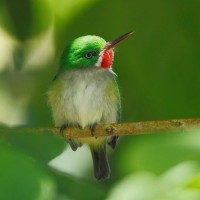 Puerto Rico Birding & Nature FULL - Check out Lesser Antilles Endemics in April!February 2 - 8, 2026
Puerto Rico Birding & Nature FULL - Check out Lesser Antilles Endemics in April!February 2 - 8, 2026 -
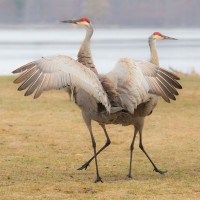 Nebraska's Platte River Prairies & Sandhill Crane Migration A Private Tour for The Nature ConservancyMarch 22 - 28, 2026
Nebraska's Platte River Prairies & Sandhill Crane Migration A Private Tour for The Nature ConservancyMarch 22 - 28, 2026 -
 Incredible Ecuador: Chocó GaloreApril 3 - 12, 2026
Incredible Ecuador: Chocó GaloreApril 3 - 12, 2026 -
 Cape May: Spring MigrationMay 12 - 18, 2026
Cape May: Spring MigrationMay 12 - 18, 2026 -
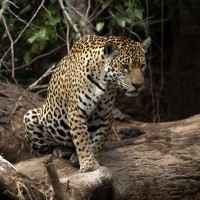 Brazil’s Pantanal: Jaguars! And More… FULL - See our 2027 departures!June 24 - July 4, 2026, w/Amazônia extension
Brazil’s Pantanal: Jaguars! And More… FULL - See our 2027 departures!June 24 - July 4, 2026, w/Amazônia extension -
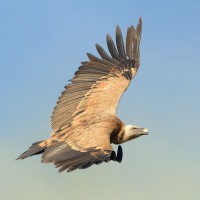 Spain in Fall: Birding & NatureSeptember 1 - 13, 2026
Spain in Fall: Birding & NatureSeptember 1 - 13, 2026 -
 Cape May: Fall MigrationOctober 6 - 12, 2026
Cape May: Fall MigrationOctober 6 - 12, 2026 -
 Cape May: Fall MigrationOctober 13 - 19, 2026
Cape May: Fall MigrationOctober 13 - 19, 2026
-
Essential Information +
Packing List +
Useful Links +
Photo credits: BANNERS: Snowy Egret, Purple Gallinule, American Alligator, Bayou THUMBNAILS: Northern Parula, Snowy Egret, American Bittern, Swallow-tailed Kite, Little Blue Heron, Semipalmated Sandpiper, Painted Bunting





